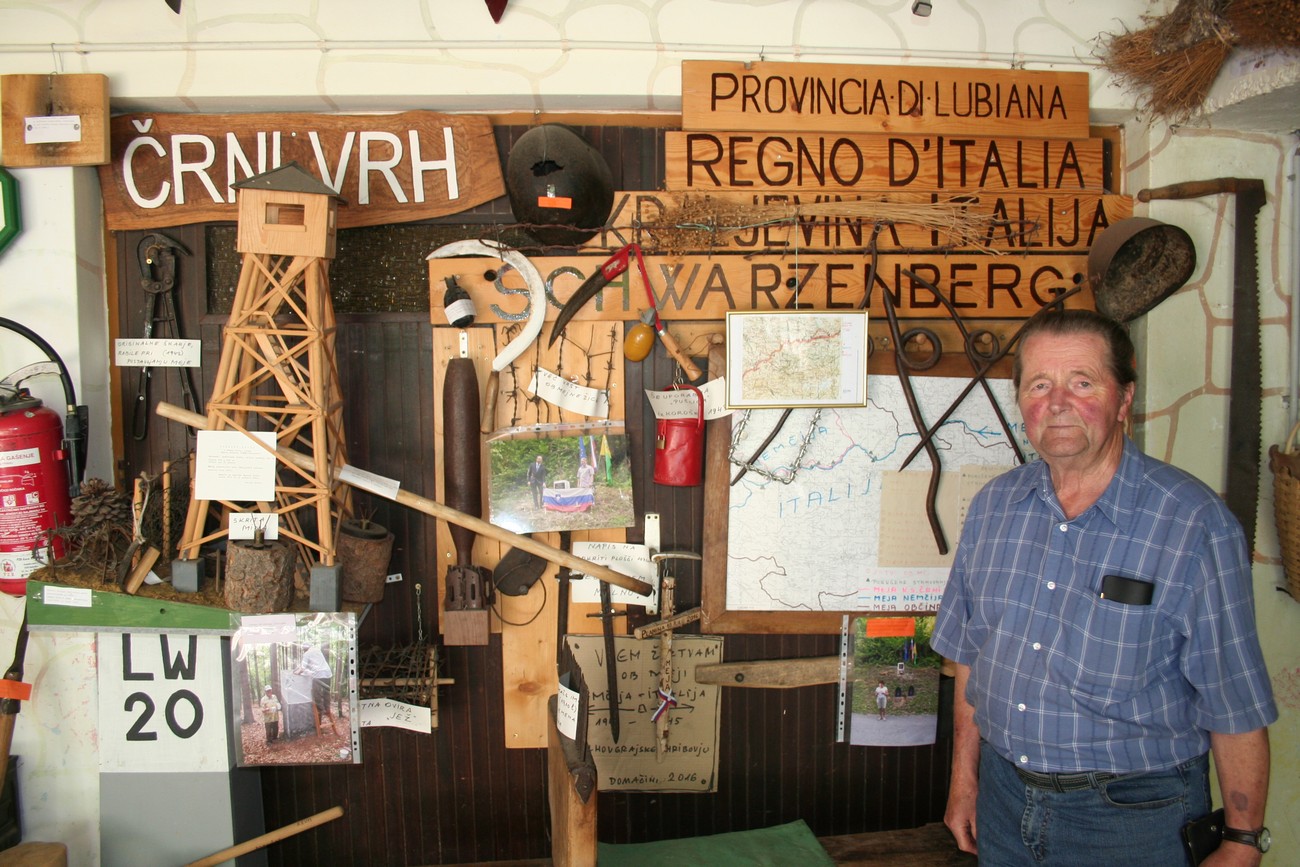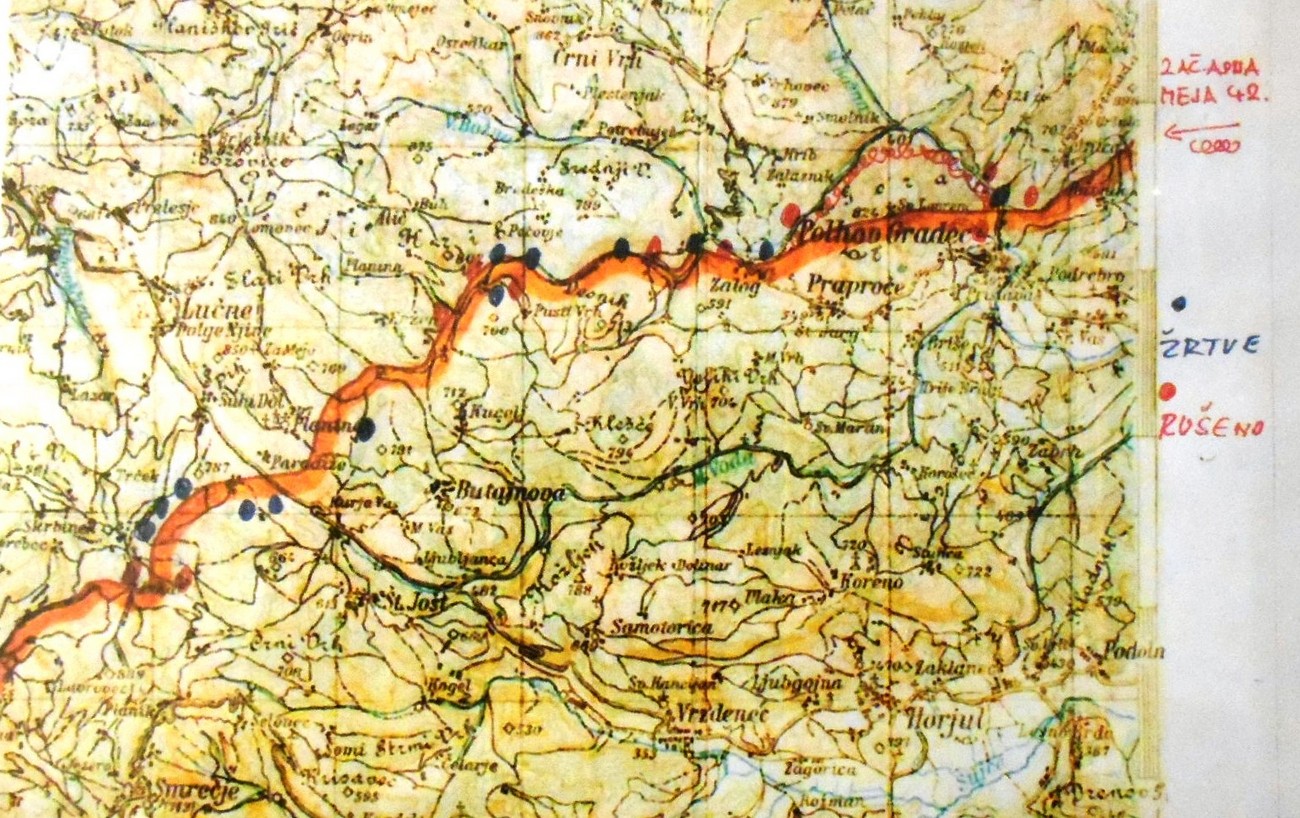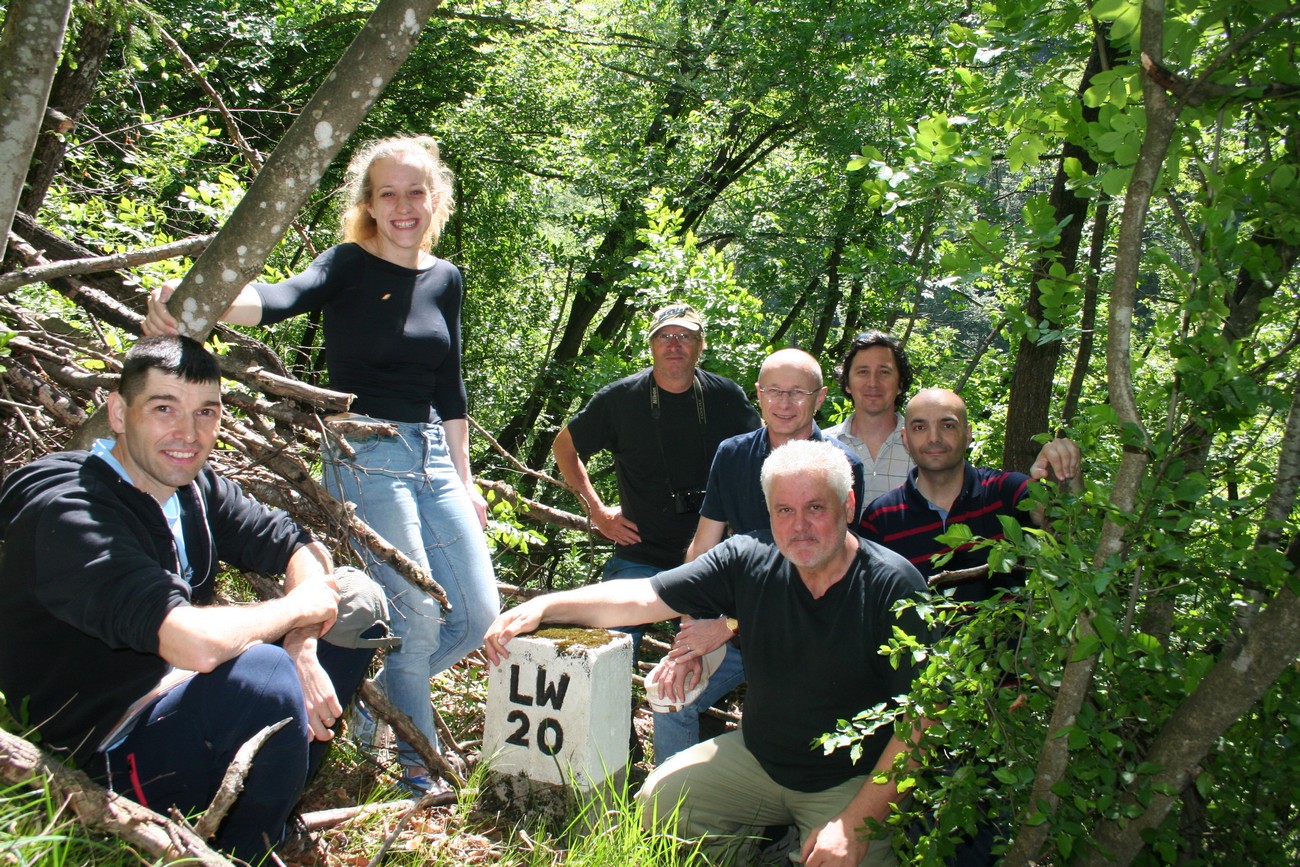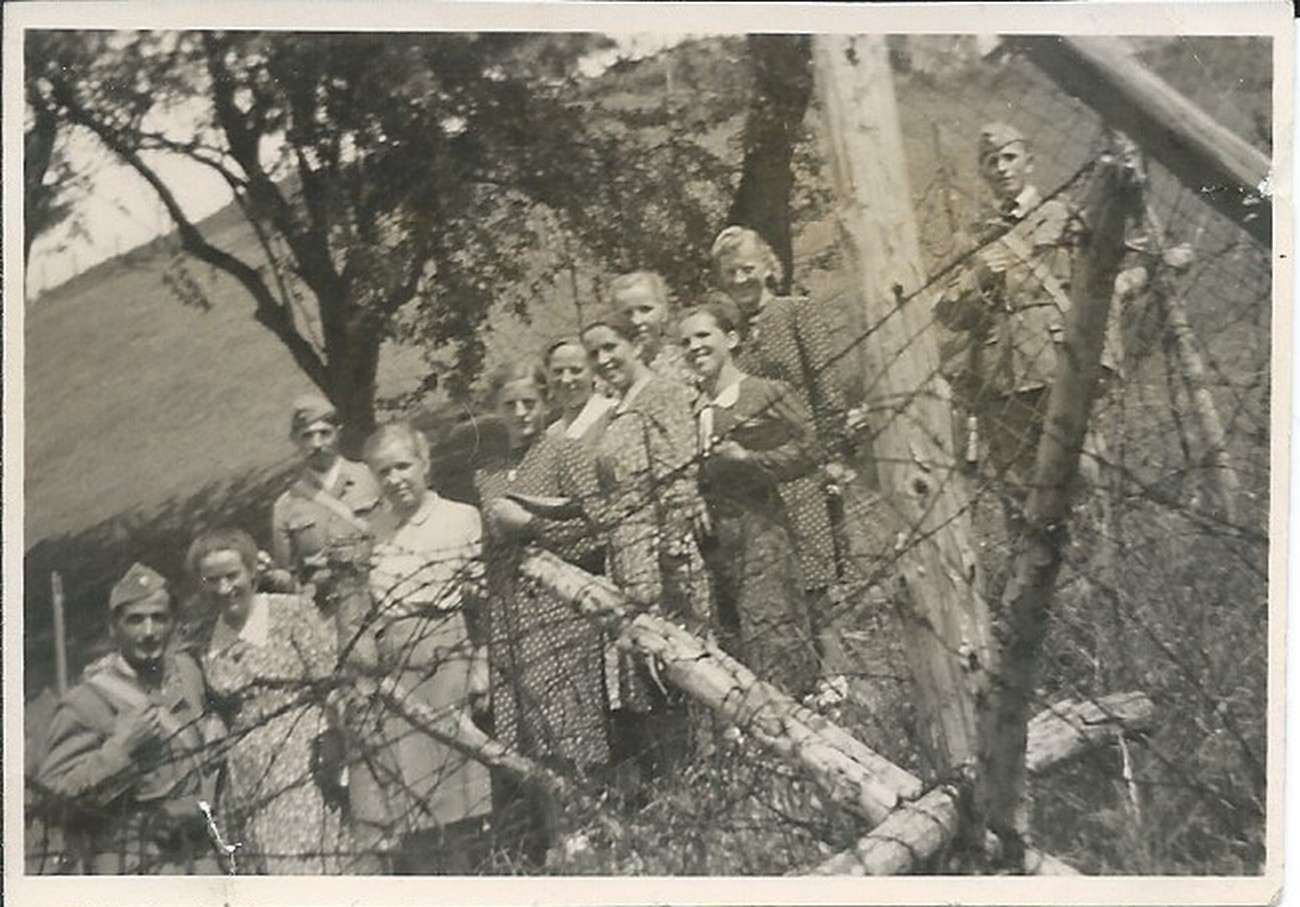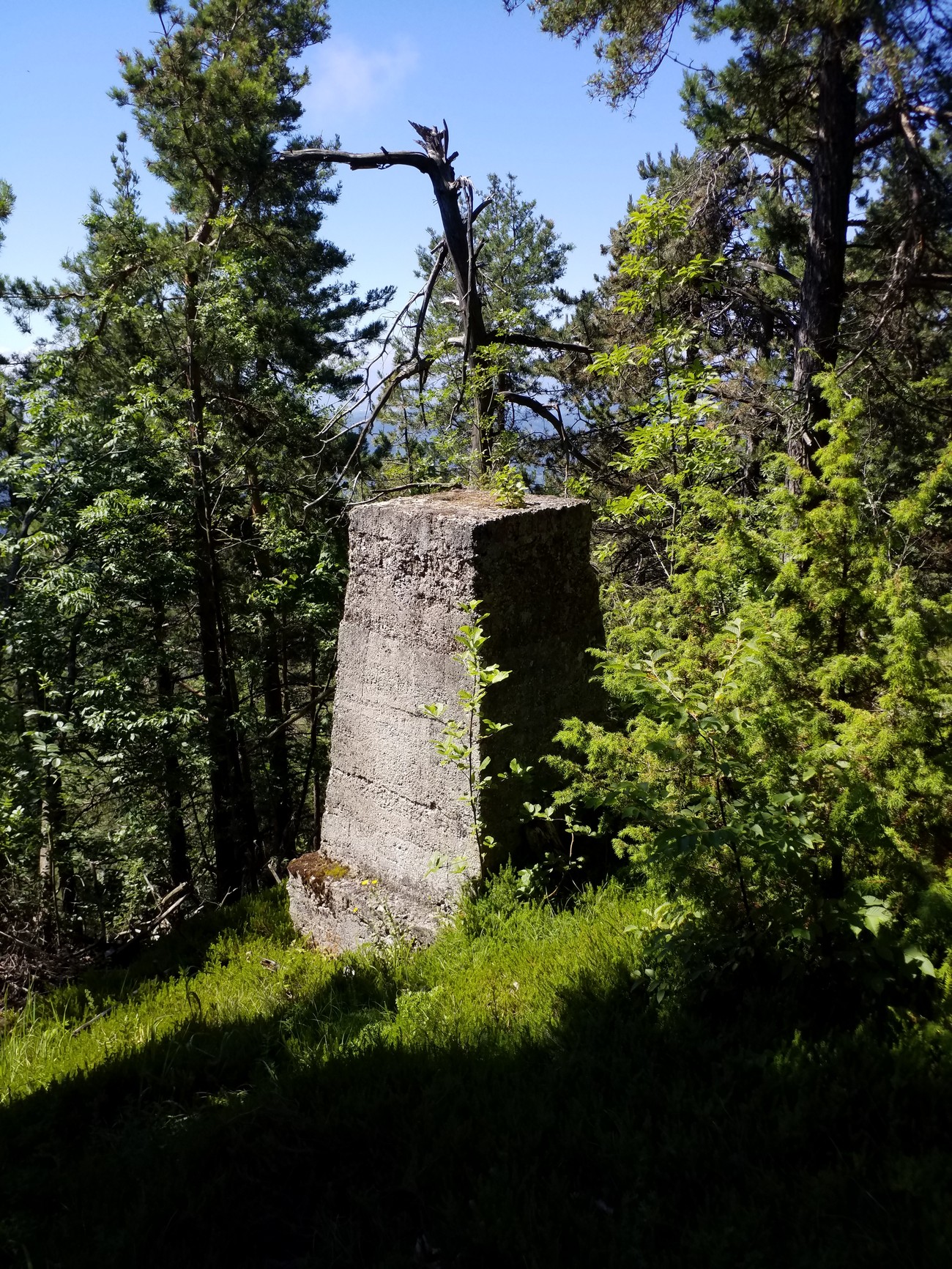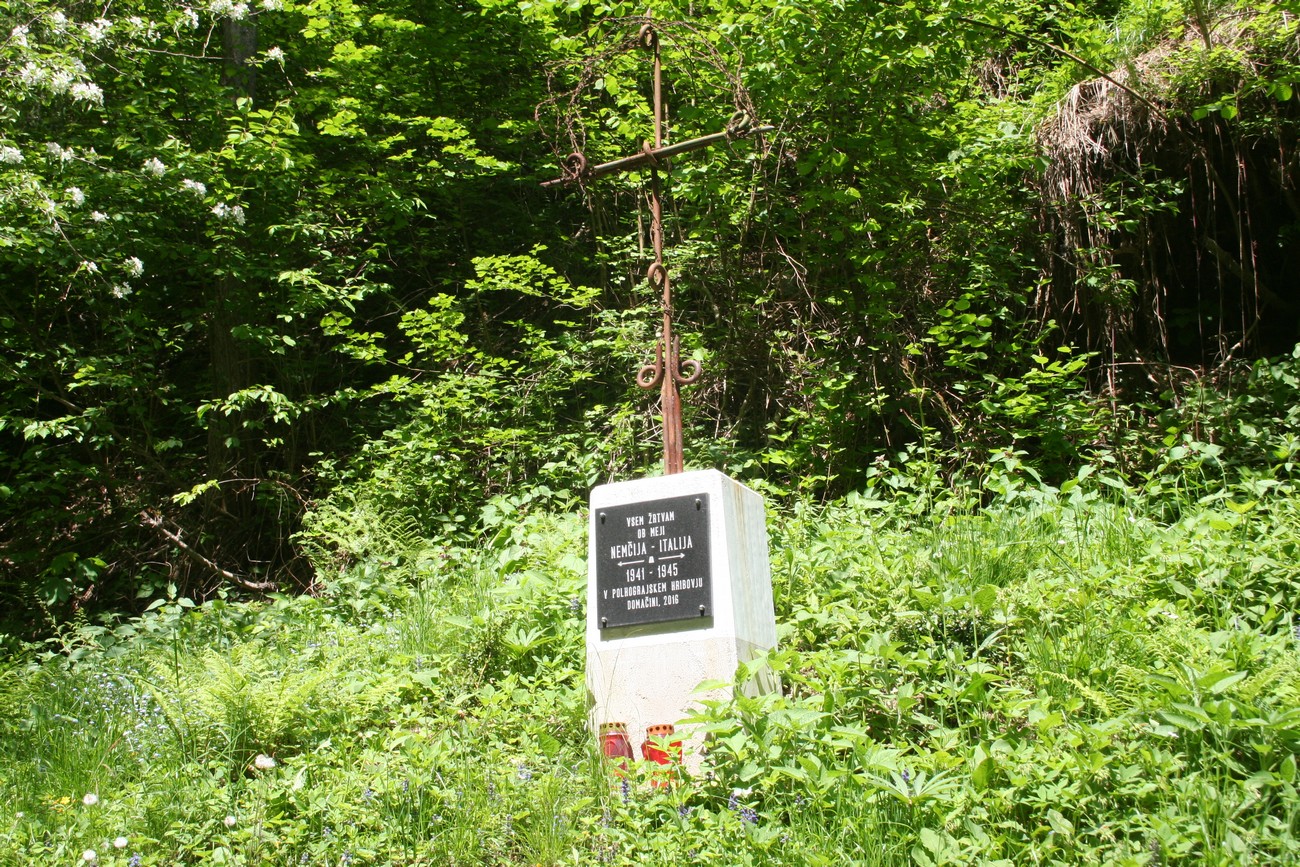When the territory was divided among the occupiers, the border cut into the interior of Slovene territory. The better part of the border ran along the former Rapallo border which had been fixed by the Treaty of Rapallo in 1920. It ran across the peaks of Peč, Jalovec, Triglav, Možic, Porezen, Blegoš, Črni Vrh nad Cerknim, Bevki, Hotedršica, Planina, Javornik, Biška gora, Griž-Snežnik, Kastav and then east of Matulji towards the sea. The occupation changed its function. From Mount Peč to the settlement of Spodnji Vrsnik the former Rapallo border became the border between the Kingdom of Italy and the German Occupation Zone. Then it forked at boundary marker No. 40 – which became a tripoint boundary marker. The former Rapallo border from Spodnji Vrsnik towards Hotedršica demarcated the territory of the Kingdom of Italy and its occupied zone called the Province of Ljubljana. The second branch, which demarcated the German-occupied territory and the Province of Ljubljana, descended from the tripoint boundary marker towards Brekovice, then ascended towards Opale and continued along the Račeva – Lesec – Podlesec – Žirovski vrh – Suhi Dol line towards Planina nad Horjulom and Polhograjsko hribovje.
After the border had been fixed, it was marked in the field. No major works were required at the old Rapallo border, but the new border had to be fortified and guarded. Barbed wire was placed along the borderline, while the zone near the border was mined. In order to control the border, the occupier thinned much of the forest, demolished certain outbuildings and residential buildings, and built various facilities, e.g. watchtowers, in important locations. The German and Italian occupiers ensured additional control of the border with units stationed at the border that performed regular patrols. The border therefore became difficult to cross and the border population had to resort to illegal methods of crossing it. This changed after Italy had capitulated and the Germans had taken control of its occupied territory, because the border became yesterday’s news. For its own needs, the German Army dug up the mines placed along traffic roads and meadows, and in some places also removed the wire. The borderland was not thoroughly cleared until the end of World War II.
